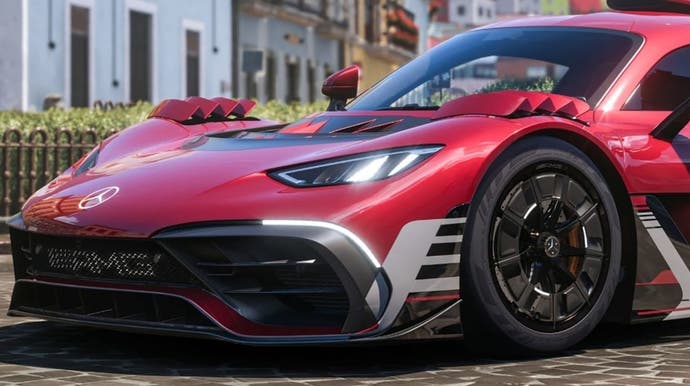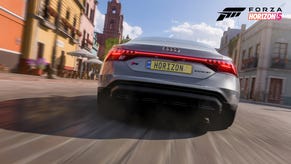Forza Horizon 5 hands-on: a next-gen spectacle for Xbox Series consoles
Plus: a look at scalability across X and S consoles.
Forza Horizon 5 has gone gold, the game arrives less than two weeks from now and recently, press had the chance to go hands-on with what is effectively the first hour of the game, featuring the introductory drive, a showcase event, a number of races and open world challenges and the player's arrival at their very first home. Oli Welsh has already shared his first impressions but for Digital Foundry, the preview was a chance to get up close and personal with the technology, to get some idea of how the new Xbox consoles are put through their paces and crucially, to see how the game may scale across systems.
Scalability is key to Forza Horizon 5 for several reasons. First of all, it's a Horizon game supports more platforms than it ever has before. In addition to PC (with scalability challenges of its own) and two quite different Xbox Series consoles, there's Xbox One as well, not to mention Xbox One X. The preview code we had only worked on the new machines, so quite how Playground intends to run the game on Xbox One remains to be seen, but perhaps there are some clues when looking at Series code, principally because both quality and performance modes are included. Intriguingly, whether you're running on Series X or its junior counterpart, both of them run at the same resolution: 3840x2160 or 1920x1080 respectively, albeit with potential hints of dynamic resolution scaling in play on the performance mode (truth is, it's quite hard to tell).
With the code we have available, Xbox Series X running in quality mode is clearly the top tier experience we were able to sample. Frame-rate is pegged at 30fps (more on this shortly), allowing for the most dense, rich and expansive Forza Horizon experience we've seen yet. The signature Horizon intro drive begins with the 2021 Ford Bronco arriving by plane (!) at the top of an active volcano, where we get our first look at the kind of intense detail Playground is aiming for, along with some sublime lighting. Sunlight bisects the view, cutting through the smoke rising from the lava. One curve later, and we're in full sunlight, where environmental density ramps up still further, working in combination with more expansive vistas - a coherent view from the car right out to the horizon, with no sign of object LODs - meaning no 'pop', whether on geometry or textures. It's capped off with a couple of high altitude jumps that are simply breathtaking.
A high speed run into a dust storm follows, showcasing Playground's new particle and volumetrics systems, before we take a detour into the jungle - the most detail-rich biome and also the most technologically challenging, owing to the lavish amounts of trees and foliage, all of which still runs flat-out at target frame-rate, regardless of which mode you choose. The final race takes you out into the desert for a final high-speed run to the Horizon festival, bringing a satisfying conclusion to the game's introduction, but really, this just sets the scene for what is to come.
The question of how this phenomenal experience scales down the chain of Series consoles and graphics modes perhaps gives us some insight into how the game will adapt to less powerful kit. That begins with performance mode on Series X, which doesn't compromise on resolution (bar potential dynamic resolution scaling) but is clearly a different experience. First of all, it's got to be said that the 30fps implementation in quality mode is remarkable: motion blur shutter speed is judged perfectly, frame-rate never wavers, while the game still seems highly responsive. Maybe there's more to it than that, but the combination of the implementation and the enriched visuals is going to give gamers an interesting choice. It may not be 60fps, but it still looks a great deal better than a 30fps update may suggest.
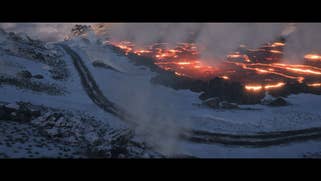
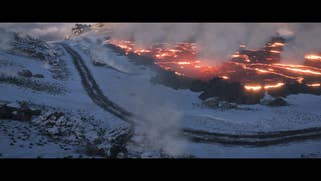

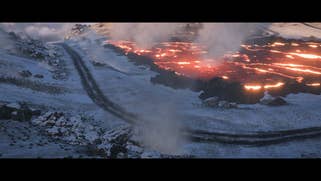
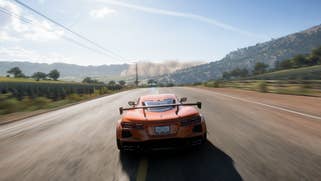
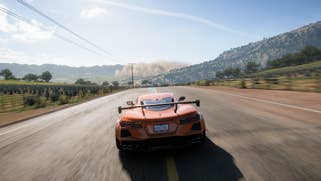
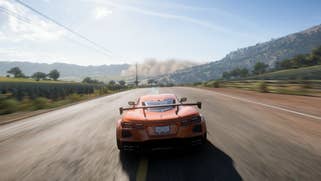
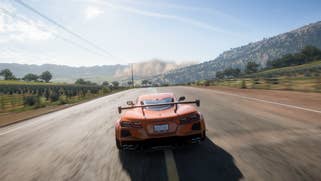

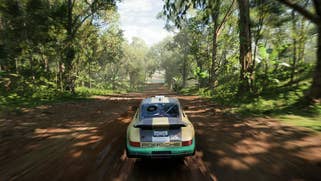

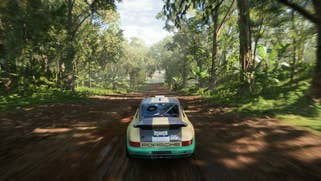
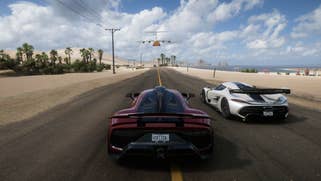
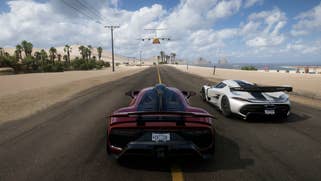
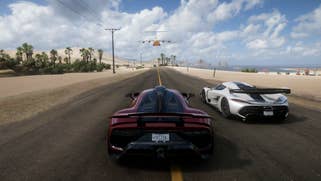

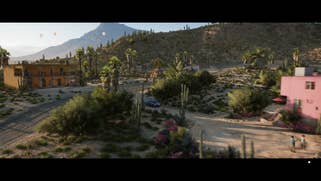


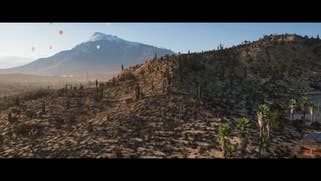
Performance mode still manages to capture a great deal of the game's richness and density but a layer of post-process realism is peeled back, along with some effects and crucially, some detail. Less crucial environmental elements such as rocks and vegetation are absent, shading quality looks to be reduced in select areas while motion blur is significantly less reined. The effect of Mexico's stunning vistas isn't diminished that much though, as far-off detail seems very similar to the fully unleashed game. However, perhaps the most noticeable compromise is that the nigh-on flawless shift in level of detail transitions in the quality mode is less robust in performance mode. What's curious here is that the LOD popping seems to adjust according to the density of the scene - easily noticeable in the jungle, not really an issue at all in the desert, for example. There's the sense here that we're not looking at global presets roughly adjusted according to the mode chosen, but perhaps something more dynamic. This would not be too surprising bearing in mind that Forza titles on PC have offered dynamic settings adjustment (to the point where we got Forza Horizon 3 running flat-out at 4K30 on a GTX 970 using the dynamic/high setting).
Those looking for further examples of scalability from Series S may emerge none the wiser because evidence from a couple of hours' play suggests that the only major difference between Series X and Series S comes down to resolution. Both quality and performance modes are still included, with the same differences between them: effectively, with the 1080p60 mode, you're trading a pristine 1080p30 experience for a more 'game-like' image with strategic nips and tucks on detail levels, shading quality and again, most noticeably, in motion consistency owing to visible pop-in during the densest scenes. In all modes across both Series consoles, frame-rates were perfect in all the content we had available to test.
Ray tracing? Yes, it's also available in the preview build. As announced already by Playground Games, RT is only available in the Forza Vista area of the game and only with the game set to the quality mode to boot. Basically, you visit the in-game garage where you can take a close-up look at the vehicles at their highest fidelity level. Those hoping for a Control-style reflections showcase may be disappointed. In fact, you may not quite understand how RT is deployed at all until you take a closer look at the screenshot gallery below (and even then, use the full-image switch to see how it works) but essentially, RT embellishes the existing reflections, which are already pretty impressive. The vehicle detail itself is traced into the reflections, as opposed to full reflections from the surrounding environment and vehicle self-reflections. RT is more functional here then, adding an extra layer of realism. We'd like to see this in-game for the quality mode, but the existing reflections still look impressive enough to the point where many believed that they were produced via ray tracing.
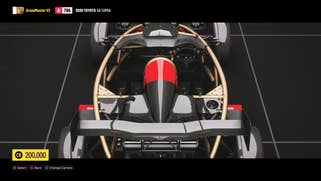
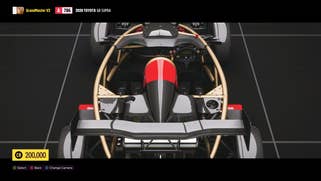
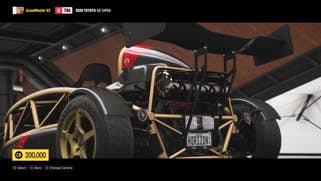
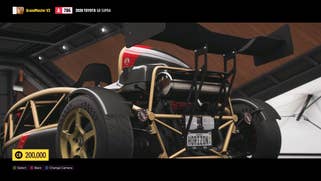




The Forza Horizon 5 press preview delivered much while leaving the vast majority of the game locked away from view - leaving us hungry for more. Nothing we've seen so far suggests that the Xbox Series versions will be anything other than excellent, while the quality and performance modes each shine in their own ways. Typically, it's hard to recommend anything other than 60fps or better, but the sense is that Playground Games has finely honed the 30fps quality mode to the point where it's actually very different to choose between the two. We're going to be fascinated to see which way players go with this one - when we put together the video, we actually needed to have a short discussion to decide which mode to use for b-roll gameplay shots (we opted for the quality mode). But beyond that, did we learn much more about how Xbox One is going to get anywhere near the level delivered by the Series consoles? The truth is, the best information we have on this matter still comes from what Forza Horizon 5 creative director Mike Brown told us during E3:.
"While Forza Horizon 5 was built to showcase the abilities of X|S consoles, in order to provide best-in-class experiences on a wide range of PCs as well as Xbox One, we've invested in a number of scalable technologies, such as dynamic resolution scaling (DRS), variable draw distances, and a robust levels of detail (LOD) system," he said. We've got some idea now of how those systems work thanks to the graphics and performance mode differences seen in the Xbox Series code we had to play - and it'll be fascinating to see how much further these systems scale. Forza Horizon 5 launches on November 5th, and we'll do our level best to deliver the best possible PC and console coverage closer to launch.
